Introduction: A New Chapter at WWDC 2025
At WWDC 2025, Apple unveiled macOS Tahoe 26, marking the final macOS update for Intel-based Macs and hinting at a future of always-on connectivity. In this article, we break down the key features of Tahoe 26, explain why Intel Macs reach their sunset, and explore what “cellular-enabled Macs” could mean for your workflow.
What’s New in macOS Tahoe 26?
Refined Multitasking & Productivity Enhancements
- Stage Manager & Window Management Improvements: Further refinements to organizing apps and workflows.
- Integrated AI Assistants: On-device intelligence to speed up routine tasks, suggest context-aware actions, and improve search.
- Enhanced Continuity Features: Smoother handoff between iPhone/iPad and Mac, deeper integration with Apple ecosystem.
Performance & Security Upgrades
- Optimized Apple Silicon Performance: Tailored for M-series chips, delivering faster app launches, better graphics, and improved battery life.
- Security Hardenings: Advanced runtime protections and streamlined system recovery tools.
- Deprecation of Intel Support: Intel Macs will not receive macOS Tahoe 26. Apple focuses resources on silicon-native features and optimizations.
Hints of Cellular Connectivity
- Always-On Cloud Sync: References in Apple’s presentation point to seamless background updates and data sync even beyond Wi-Fi.
- Network Preferences & Settings Clues: New UI elements and system settings hint at mobile data management.
- Potential APIs for Developers: Early beta SDK mentions lead developers to prepare for network-aware apps that adjust behavior when on cellular.
Why Intel Macs Stop at macOS Tahoe 26
Technical & Strategic Reasons
- Apple Silicon Optimization: M-series chips offer system-on-chip advantages (efficiency, unified memory, bespoke security) that Intel architectures cannot match in new features.
- Resource Allocation: Focusing on Apple silicon lets Apple innovate rapidly (e.g., AI features, advanced power management) without maintaining parallel Intel code paths.
- User Experience Consistency: Ensuring Tahoe 26 features perform reliably requires hardware designed for those capabilities (e.g., neural engines, integrated modems).
What It Means for Intel Mac Users
- No Further Major Updates: Intel Macs will remain on the last supported version (macOS Monterey/Ventura/Sequoia depending on model), receiving only security patches for a limited period.
- Compatibility Considerations: New apps or future software may target features exclusive to Apple silicon; some emerging applications may not run optimally (or at all) on Intel.
- Upgrade Path: Apple and authorized resellers often offer trade-in programs; consider moving to an Apple silicon Mac to stay current.
The Cellular Mac Vision: Why It Matters
Seamless Connectivity Everywhere
- Portability Unleashed: Built-in LTE/5G in MacBooks means you can connect without tethering to a phone or relying on public/hotel Wi-Fi.
- Reliable Cloud Access: For remote workers, journalists, field technicians, or travelers, always-on data ensures immediate access to cloud drives, collaboration tools, and real-time updates.
- Enhanced Continuity & Handoff: iCloud sync, messaging, and calls could flow directly through the Mac’s cellular radio, simplifying setup and continuity.
Potential Benefits for Different Users
- Business & Enterprise: Secure VPNs, consistent connectivity for video calls, and remote management become more straightforward.
- Developers & Startups: Build and test network-aware apps that adapt to changing bandwidth, offline caching, and edge computing scenarios.
- Digital Nomads & Creatives: Edit documents, upload media, or manage servers from places without reliable Wi-Fi.
- Field Operations: Utility workers, surveyors, and healthcare professionals in remote locations benefit from direct Mac connectivity.
Technical & Ecosystem Implications
Battery & Power Management
- Balancing Battery Life: Integrating cellular radios demands improved power efficiency—Apple’s custom silicon and dynamic power management will be crucial.
- Intelligent Network Switching: macOS may include settings to prefer Wi-Fi when available, throttle background tasks on cellular, and offer data usage controls.
Carrier Partnerships & Data Plans
- eSIM Integration: Likely support for eSIM profiles, allowing users to subscribe to data plans directly on macOS or via carrier apps.
- Flexible Plans: Pay-as-you-go or bundled AppleOne-like offerings could emerge to simplify data for Mac users.
- Security & Privacy: Apple’s approach to user data likely extends to any cellular features, encrypting data in transit and respecting privacy.
Developer Opportunities
- New APIs: Developers can detect network type (Wi-Fi vs. cellular) to optimize downloads, media syncing, or offload heavy tasks when on unmetered connections.
- Offline-First Designs: Apps may adopt caching strategies anticipating intermittent connectivity.
- Real-Time Collaboration Tools: Enhanced video conferencing or remote desktop solutions that adapt quality based on network conditions.
Competitive Landscape
- Differentiation: Cellular Macs would set Apple apart from many Windows laptops, potentially pushing competitors to explore similar features.
- Holistic Ecosystem: Further integrates Mac into Apple’s device lineup (iPhone, iPad, Apple Watch) under a unified connectivity story.
Should You Upgrade to an Apple Silicon Mac Now?
-
Assess Your Workflow Needs
- Frequent travel or remote work? Cellular-ready Mac could be a game-changer.
- Heavy creative or development workloads? Apple silicon offers clear performance gains.
Consider Trade-In & Refurbished Options
- Trade in your Intel Mac via Apple or services like Techable’s certified refurbished offerings.
- Look for deals on M-series MacBooks or Mac mini/Studio with M2/M3/M4 chips.
Plan for the Future
- Ensure compatibility with upcoming macOS versions and emerging features (e.g., AI tasks offloaded to neural engines, advanced connectivity).
- Evaluate budget vs. long-term value: silicon Macs retain performance and support longer.
FAQs About macOS Tahoe 26 & Cellular Macs
Q1: Which Mac models will support macOS Tahoe 26?
A: Only Apple silicon Macs (M1, M2, M3, and future M4-based machines) will officially support macOS Tahoe 26. Intel-based Macs are not compatible with this update.
Q2: Will Intel Macs still receive security updates after Tahoe 26?
A: Intel Macs will remain on their last compatible macOS (e.g., macOS Sequoia or the latest supported version) and may get limited security patches for a short period, but no new features or full OS upgrades beyond that.
Q3: How can I tell if macOS Tahoe 26 hints at cellular connectivity?
A: Clues include UI changes in Network settings, references to always-on syncing in keynote demos, and new APIs in developer betas mentioning mobile data. Official confirmation may arrive in later betas or product announcements.
Q4: Will Apple sell Macs with built-in LTE/5G? When might they launch?
A: Apple has not officially announced a release date for cellular Macs. Based on WWDC hints, we may see hardware announcements in the next generation of MacBooks or iPads with Mac-like features. Keep an eye on Apple’s product events later in the year.
Q5: How will built-in cellular affect battery life?
A: Integrating cellular radios typically increases power draw. However, Apple’s custom silicon and power management optimizations aim to minimize impact. Expect intelligent switching (Wi-Fi vs. cellular) and low-power modes to preserve battery life.
Q6: What data plans work with a cellular Mac?
A: Likely eSIM-enabled plans from major carriers. Apple may partner with carriers to offer flexible monthly or on-demand data subscriptions. Details will emerge when hardware launches.
Q7: Do I need special software or settings to use cellular on Mac?
A: macOS Tahoe 26 and later may include a Network preference pane for cellular setup, similar to iPadOS. You might scan a QR code from your carrier or install a carrier profile to activate service.
Q8: How should developers prepare for cellular-enabled Macs?
A: Test apps under variable network conditions, implement adaptive data usage, and leverage any new APIs for network type detection. Plan offline-first features and optimized syncing when on metered connections.
Q9: What if I can’t upgrade my Intel Mac?
A: Continue using your Intel Mac on the last supported macOS, but be aware of potential compatibility issues over time. Consider upgrading to a certified refurbished Apple silicon Mac for extended support.
Q10: Are there workarounds to get some Tahoe 26 features on Intel Macs?
A: Some productivity or AI features might be back-ported via apps or cloud services, but core OS-level enhancements (performance, security, connectivity) require Apple silicon. Look for third-party tools for partial feature access, but expect limitations.
Conclusion & Next Steps
macOS Tahoe 26 represents both an endpoint for Intel Macs and a glimpse into a future of always-on, cellular-enabled computing with Apple silicon. To stay ahead:
- Evaluate upgrading to an Apple silicon Mac if you rely on the latest features and extended support.
- Watch Apple announcements for official details on cellular Mac hardware and carrier partnerships.
- Prepare workflows and apps (if you’re a developer) to leverage new connectivity and performance capabilities.
Stay informed on Techable for deals on certified refurbished Macs, trade-in options, detailed specs, and deeper analyses of Apple’s evolving ecosystem.
Want to stay ahead of tech trends, deals, and product insights?
👉 Visit Techable.com to shop certified refurbished Apple devices.
💰 Looking to trade in your old Mac? SellMac.com offers instant cash quotes.
📊 Need detailed specs for any Apple model? Head to Apple.Techable.com.
📰 For more stories like this, check out News.Techable.com — your go-to for tech updates.
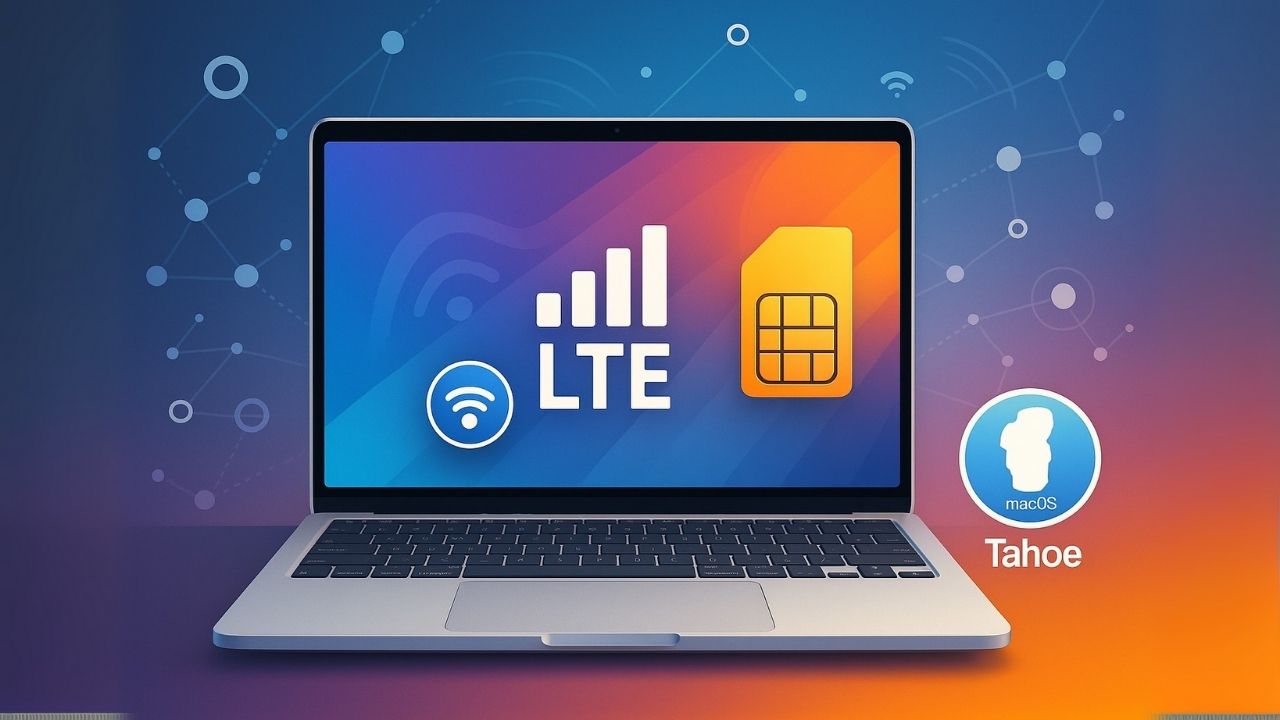



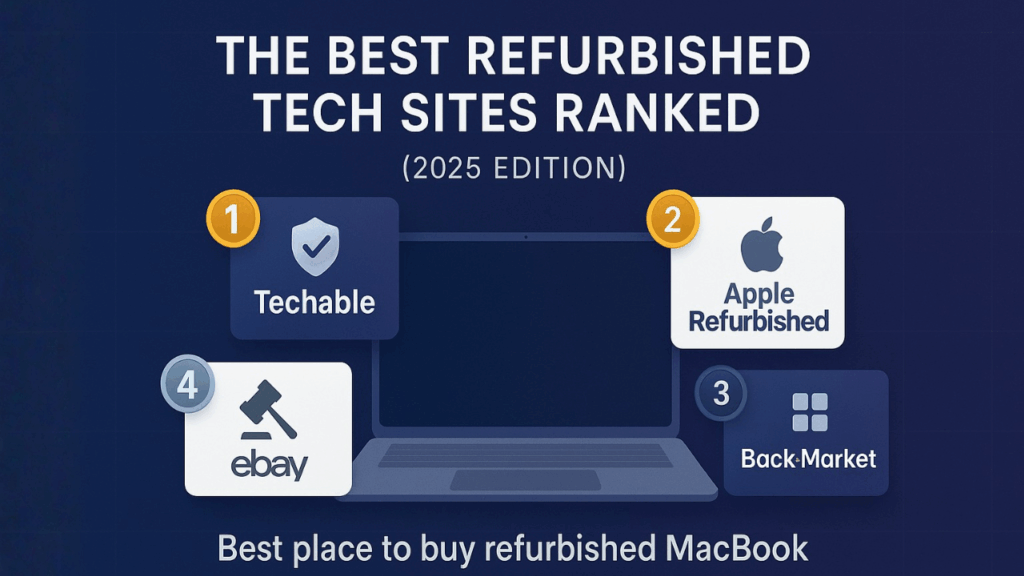


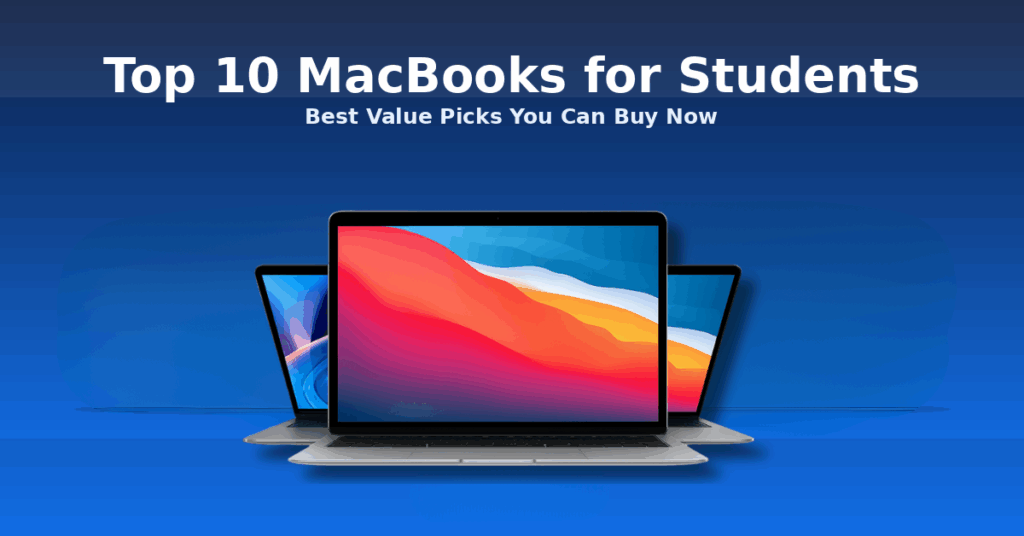

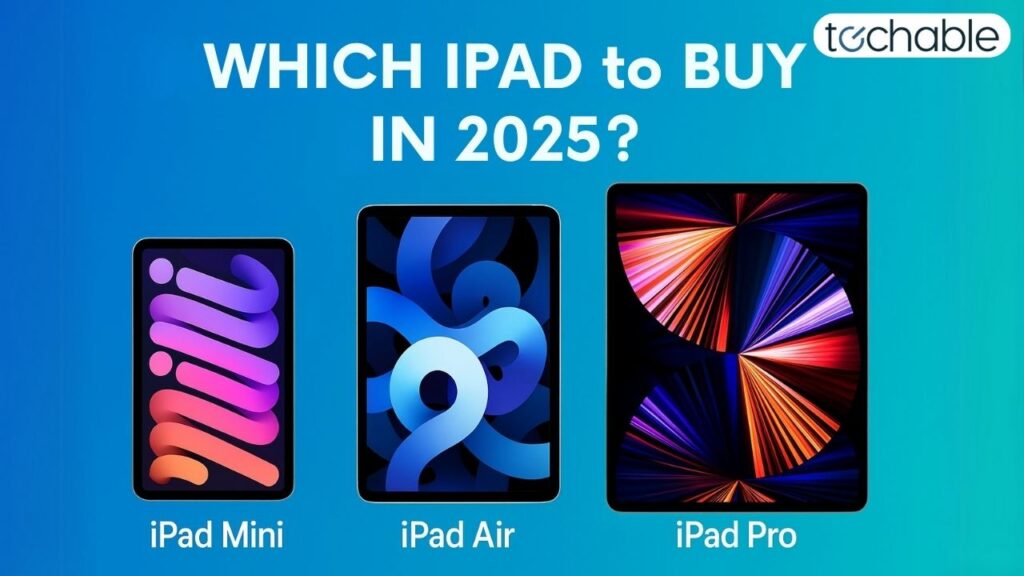
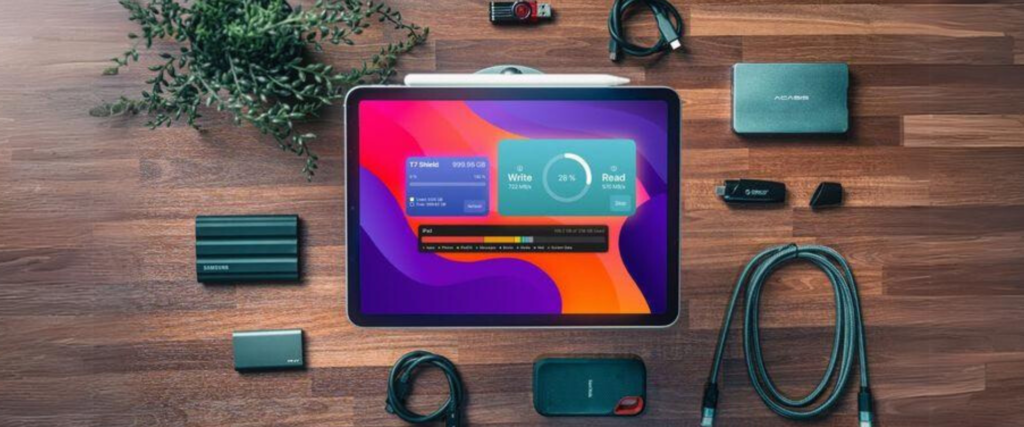

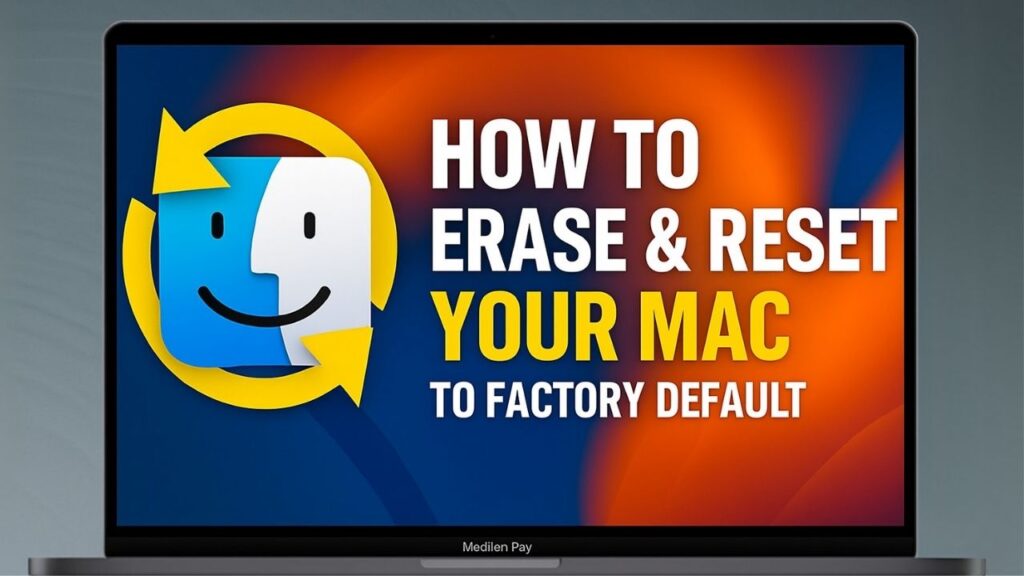
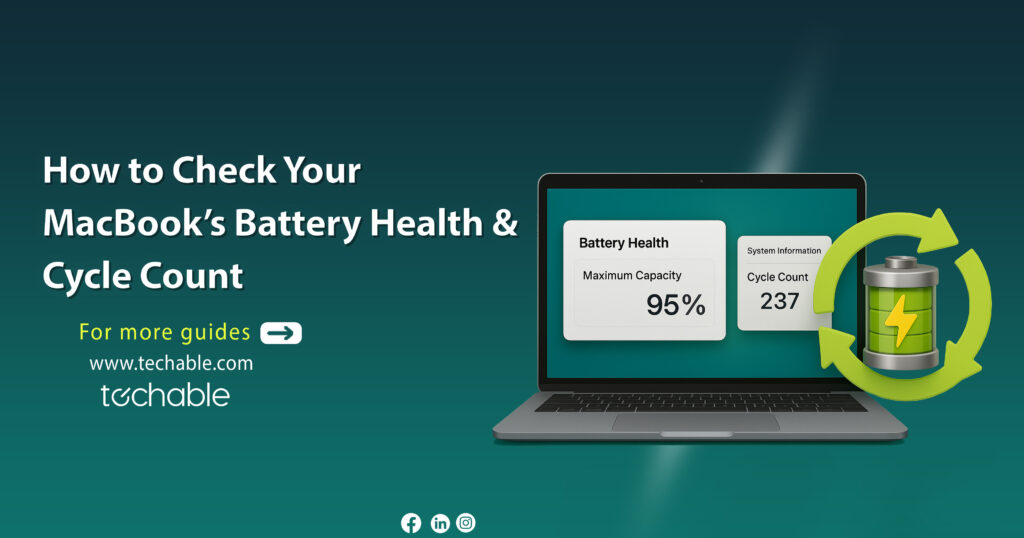
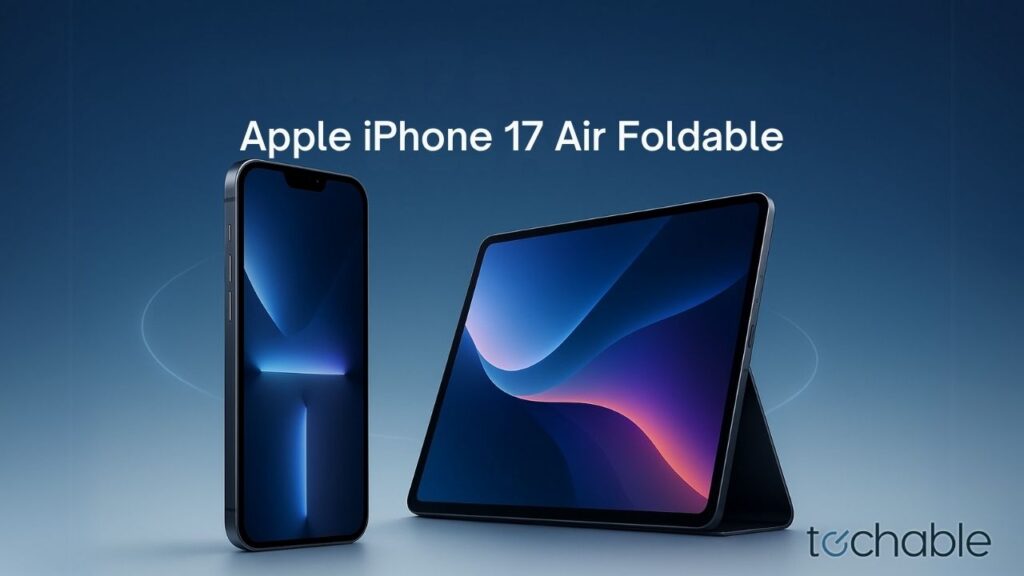
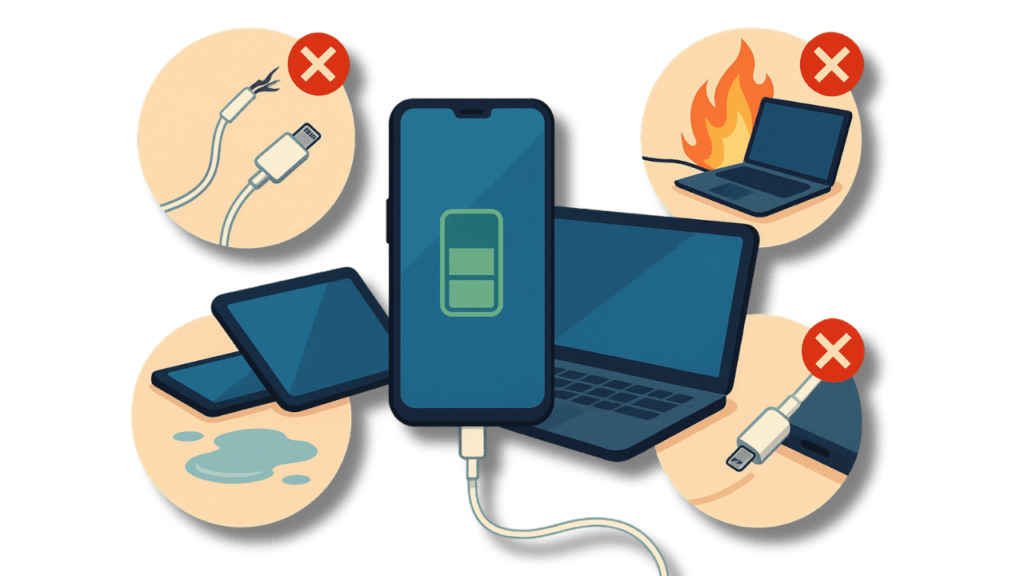
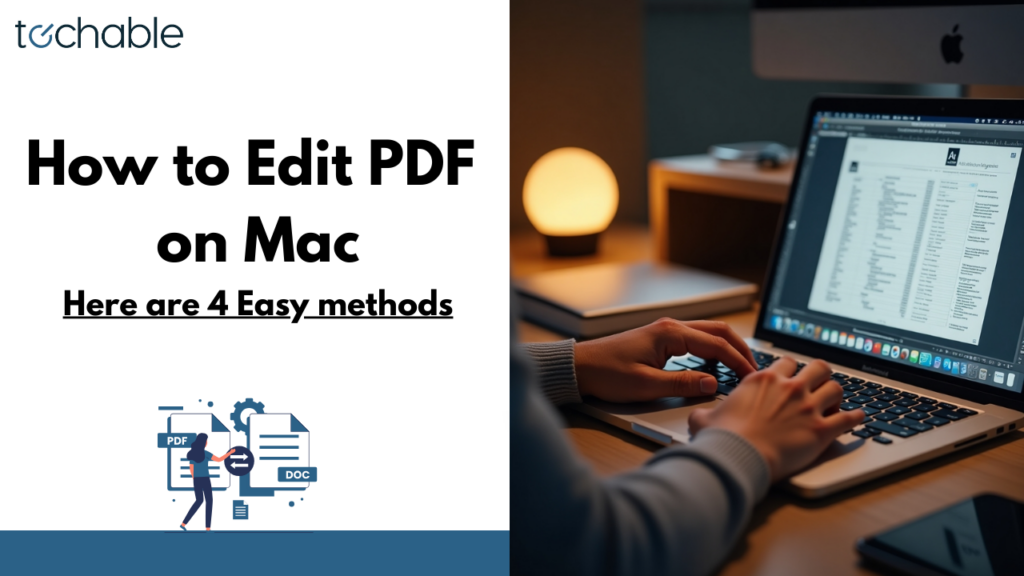
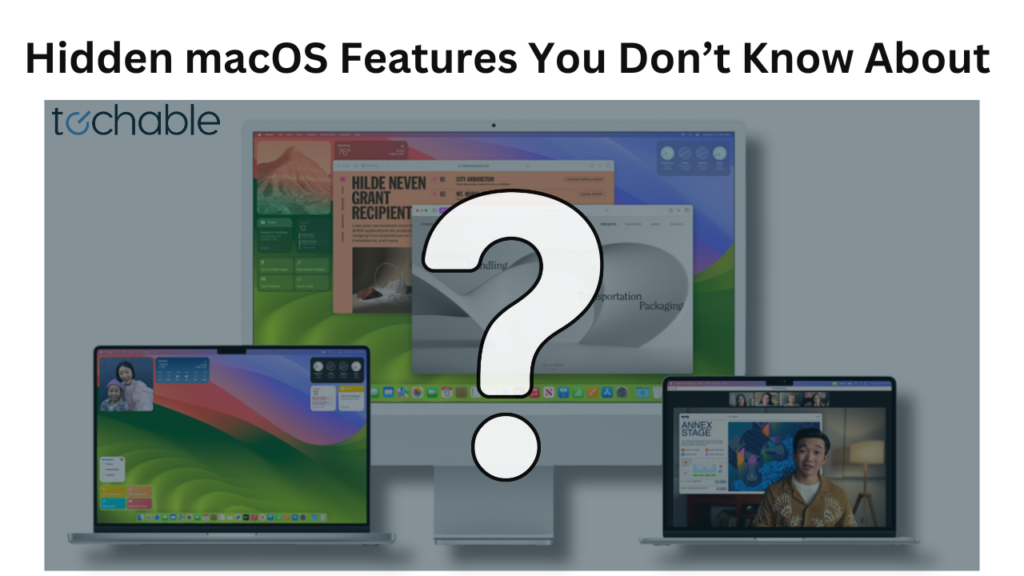
0 Comments